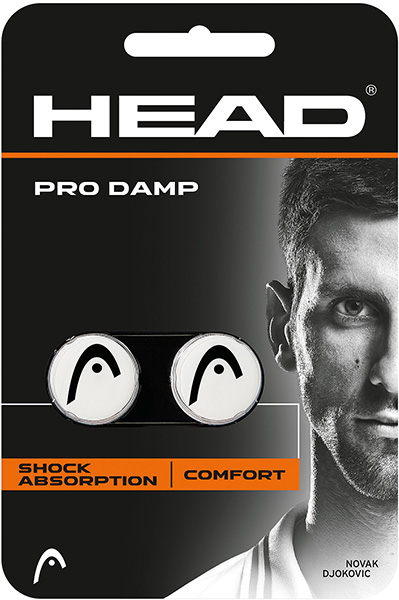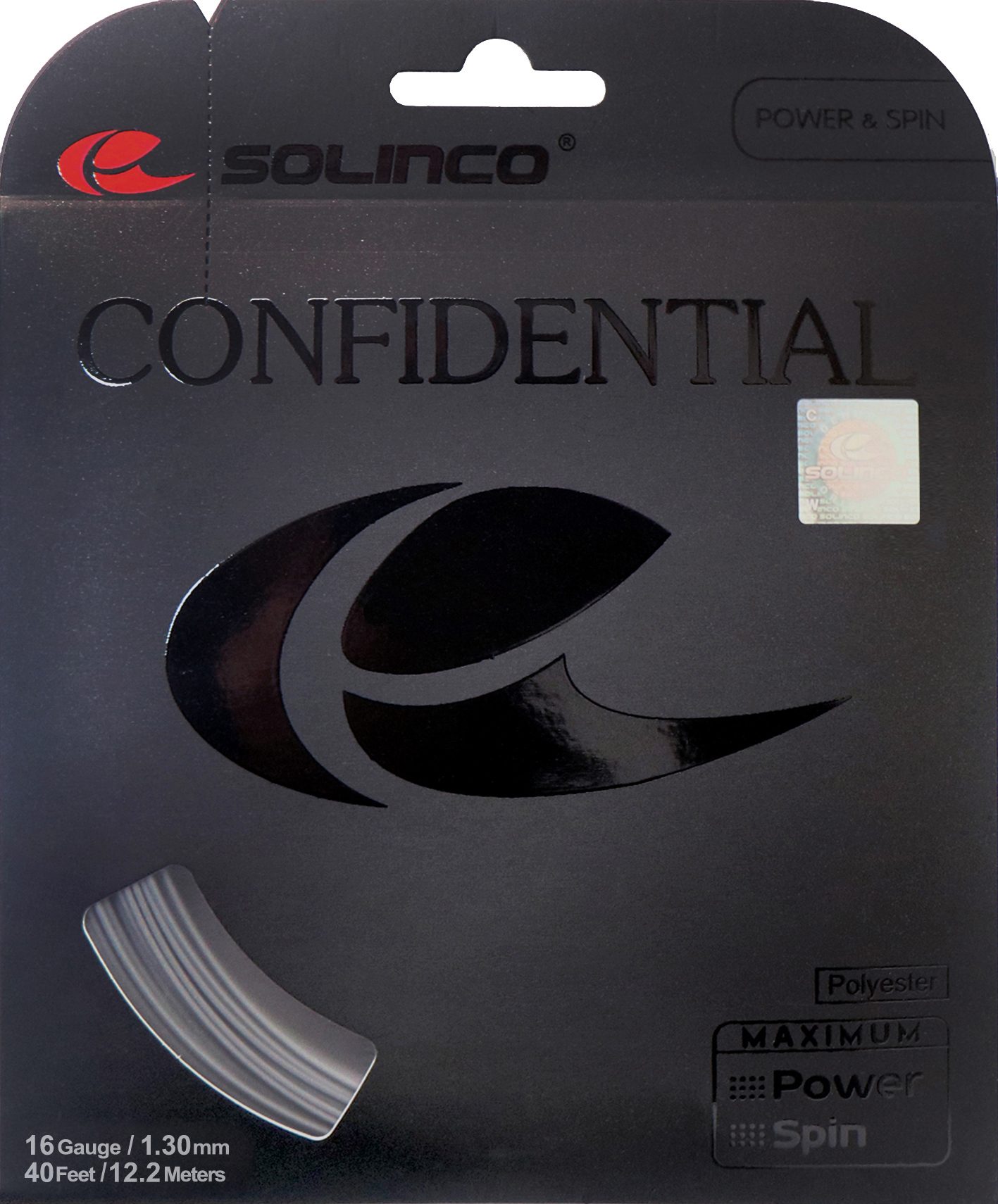16,40 €
Each offer available in the Tennis Zone is an original product, coming directly from manufacturers or trusted distributors.

16,40 €

16,40 €
The Gamma TNT2 tennis string, meticulously crafted for tennis enthusiasts in pursuit of the perfect blend of power and control. This string is produced with the revolutionary "energetic" TNT2 technology, designed to take your game to the next level.
A flexible central core is expertly enwrought with thin fibres cocooned within a sturdy shell for heightened resilience. Made of high-quality polyamide, the string possesses an impressive tensile strength, making it highly resistant to wear and tear. Its smooth profile accentuates its functionability, ensuring your optimal experience regardless of your mastery level.
Endorsed by the prestigious Nick Bollettieri’s Tennis Academy, this tennis string exemplifies the ideal fusion of touch, control, and comfort, enabling you to produce your best plays with minimal effort. With the Gamma TNT2, your racket becomes an extension of your arm, putting you in control while leaving minimal harmful vibrations, allowing you to focus on the game.

| Article number: | ST71067.1 |
|---|---|
| Color: | Blue |
| Material: | polyamid |
| Properties: | comfort control feel |
| String length (m): | 12.2 |
| String profile: | soft |
| Structure: | core with buffer zone |
The Gamma TNT2 tennis string, meticulously crafted for tennis enthusiasts in pursuit of the perfect blend of power and control. This string is produced with the revolutionary "energetic" TNT2 technology, designed to take your game to the next level.
A flexible central core is expertly enwrought with thin fibres cocooned within a sturdy shell for heightened resilience. Made of high-quality polyamide, the string possesses an impressive tensile strength, making it highly resistant to wear and tear. Its smooth profile accentuates its functionability, ensuring your optimal experience regardless of your mastery level.
Endorsed by the prestigious Nick Bollettieri’s Tennis Academy, this tennis string exemplifies the ideal fusion of touch, control, and comfort, enabling you to produce your best plays with minimal effort. With the Gamma TNT2, your racket becomes an extension of your arm, putting you in control while leaving minimal harmful vibrations, allowing you to focus on the game.

| Article number: | ST71067.1 |
|---|---|
| Color: | Blue |
| Material: | polyamid |
| Properties: | comfort control feel |
| String length (m): | 12.2 |
| String profile: | soft |
| Structure: | core with buffer zone |
Each offer available in the Tennis Zone is an original product, coming directly from manufacturers or trusted distributors.
Sign up for the free newsletter and do not miss any promotions and news, as well as individual offers from our store.
Functional cookies are absolutely necessary for the functionality of the web shop. These cookies assign a unique random ID to your browser so that your unhindered shopping experience can be guaranteed over several page views.
Marketing cookies are used to display advertisements on the website in a targeted and individualized manner across multiple page views and browser sessions.
Tracking cookies help the shop operator to collect and evaluate information about the behaviour of users on their website.
These cookies are used to collect and process information about the use of the website by users, in order to subsequently personalise advertising and/or content in other contexts.



